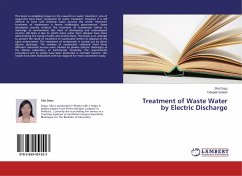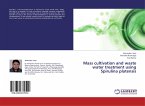Mesoporous nano-titania photocatalysts were prepared by sol-gel method in acidic or basic media with or without three types of surfactants, namely, cetyltrimethyl ammonium bromide (CTAB), sodium dodecyl benzene sulfonate (DBS), and nonylphenol ethoxylate (NPE).The data obtained showed that at the low pH (acidic) range, the CTAB templated catalyst gave the highest surface area (86.7 cm3/g), which is mainly assigned to acquiring the highest photocatalytic degradation of naphthalene.Doping TiO2 with different contents of non-metal multiwall carbon nanotubes (MWCNTs) in acidic medium has caused suppression of phase transformation to the rutile phase using all concentrations investigated. It is found that the 0.03% CNTs containing TiO2 has acquired the highest photo catalytic activity.For comparison of combining the highly active 0.03% CNTs with the most highly effective surfactant (CTAB), it is found that the most significant photoactive synergy took place, i.e., complete photodegradation of NP pollutant after 60 min.
Bitte wählen Sie Ihr Anliegen aus.
Rechnungen
Retourenschein anfordern
Bestellstatus
Storno








